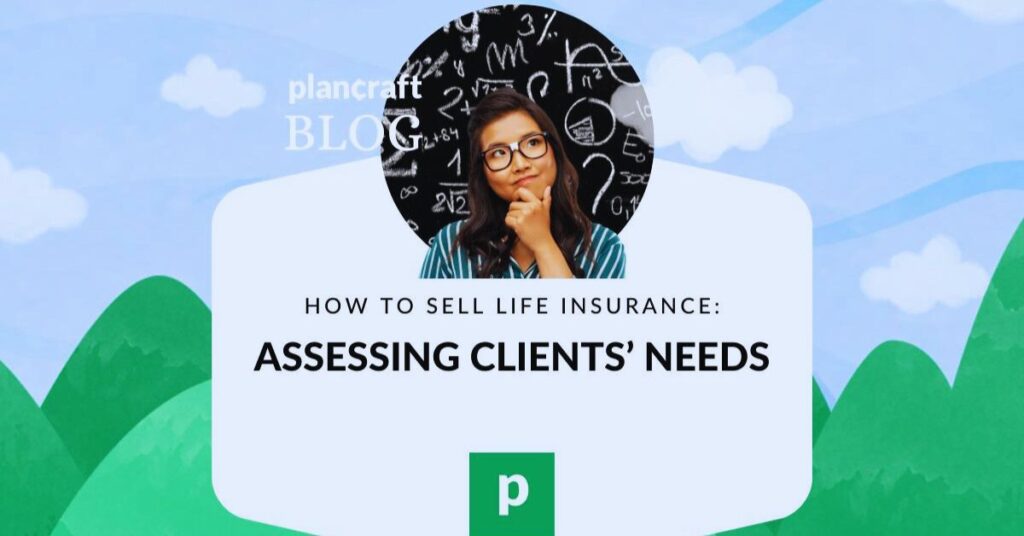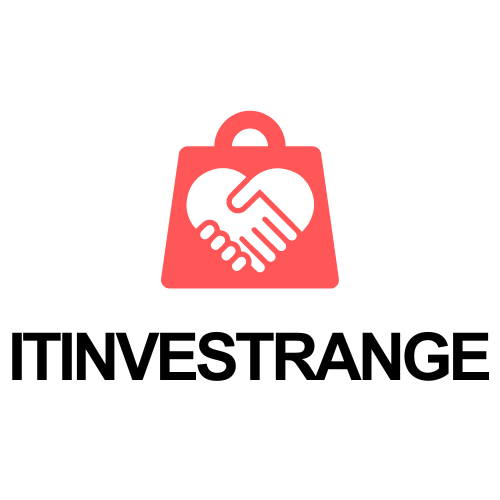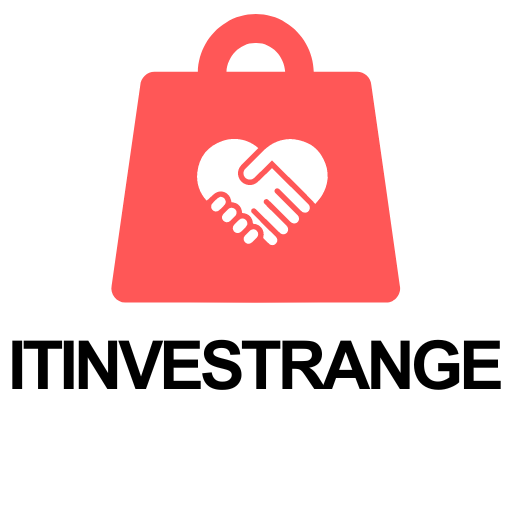How to Sell Life Insurance, understand your client’s needs and build a strong relationship. Offer tailored solutions that provide value.
Selling life insurance requires a strategic approach to gain trust and meet individual needs. Start by thoroughly understanding your client’s financial situation, goals, and concerns. Building a genuine relationship will help in tailoring your pitch and recommending the best products.
Use simple, clear language to explain the benefits and features of each policy. Address common objections and provide real-life examples to illustrate the importance of life insurance. By focusing on creating value and offering personalized solutions, you can effectively sell life insurance and help clients secure their financial future.
Table of Contents
Know Your Product
Understanding your product is essential for selling life insurance effectively. Knowing every detail helps you explain it clearly to your clients. Your clients will feel more confident when they know you understand the product well.
Types Of Life Insurance
There are different types of life insurance. Each one serves a unique purpose. Below are the main types:
- Term Life Insurance: This covers a specific period. If the insured dies during this term, the beneficiary gets paid.
- Whole Life Insurance: This provides lifelong coverage. It also has a savings component called cash value.
- Universal Life Insurance: This offers flexible premiums and death benefits. It also has a cash value component.
- Variable Life Insurance: This allows the policyholder to invest the cash value in different accounts. The value varies based on the investment performance.
Key Features And Benefits
Understanding the key features and benefits of life insurance is crucial. Clients need to know why they should buy it. Here are some important features:
| Feature | Benefit |
|---|---|
| Death Benefit | The amount paid to beneficiaries upon the insured’s death. |
| Cash Value | A savings component that grows over time. It can be borrowed against or withdrawn. |
| Premiums | Regular payments made to keep the policy active. They can be fixed or flexible. |
| Riders | Additional benefits added to a policy for extra protection. Examples include disability or accidental death riders. |
By knowing these types and features, you can better assist your clients. It helps in providing the right policy based on their needs.
Identify Your Target Market
Identifying your target market is crucial for selling life insurance successfully. You need to understand who is most likely to buy your product. This helps you tailor your approach and marketing efforts effectively. Below, we dive into two essential aspects of identifying your target market: Demographic Research and Client Segmentation.
Demographic Research
Start with demographic research to gather data about potential clients. This includes age, gender, income, and occupation. Use reliable sources like government databases or market research reports.
- Age: Different age groups have different insurance needs.
- Gender: Men and women may have varying preferences.
- Income: Higher-income individuals may opt for larger policies.
- Occupation: Risky jobs may require specialized insurance plans.
This data helps you understand who needs life insurance the most. It also helps you create targeted marketing messages.
Client Segmentation
Once you have demographic data, you can perform client segmentation. This process divides your potential clients into smaller, manageable groups. Each group shares common characteristics and needs.
- Group clients by age: Young adults, middle-aged, and seniors.
- Segment by income: Low, middle, and high-income brackets.
- Classify by family status: Single, married, or with children.
Here is a simple table to help visualize client segmentation:
| Segment | Characteristics | Needs |
|---|---|---|
| Young Adults | Age: 20-35 | Affordable policies, starter plans |
| Middle-aged | Age: 36-55 | Family coverage, higher premiums |
| Seniors | Age: 56+ | Retirement plans, final expense insurance |
Client segmentation makes it easier to create targeted marketing strategies. This increases the chances of converting leads into clients. By focusing on specific segments, you can address their unique needs more effectively.
Build Trust And Credibility
Building trust and credibility is crucial for selling life insurance. People buy from those they trust. Establishing a trustworthy image is essential. Let’s explore key strategies.
Personal Branding
Personal branding is about presenting yourself authentically. Here are some tips to enhance your personal brand:
- Professional Online Presence: Have a professional website and social media profiles.
- Consistent Messaging: Ensure your message is clear and consistent across platforms.
- Expertise Sharing: Share valuable insights and knowledge about life insurance.
Client Testimonials
Client testimonials are powerful tools. They build trust quickly. Showcase genuine feedback from your clients:
| Client Name | Testimonial |
|---|---|
| John Doe | “This agent is knowledgeable and trustworthy. Highly recommend!” |
| Jane Smith | “Excellent service and great communication. I feel secure with my policy.” |
Collecting and displaying testimonials will enhance your credibility.

Effective Communication Techniques
Selling life insurance involves more than just presenting facts. It’s crucial to connect with potential clients. Effective communication techniques can help build trust and understanding. These techniques can make a significant difference in your sales approach.
Active Listening
Active listening is key to understanding your client’s needs. Pay attention to their words and emotions. Nod and use affirming phrases like “I understand” or “That makes sense”. This shows you are engaged.
Ask open-ended questions to encourage them to share more. For example, “What are your main concerns?” or “How can I assist you?” These questions help gather valuable information.
Clear And Concise Messaging
Use clear and concise messaging to explain your insurance products. Avoid jargon and complex terms. Instead, use simple language that is easy to understand. For instance, say “This policy helps your family in case of your death”.
Break down information into small, digestible parts. Use bullet points or numbered lists for clarity:
- Coverage details
- Premium costs
- Benefits and exclusions
Visual aids can also enhance understanding. Use charts, infographics, or diagrams to explain complex concepts. This makes information more accessible.
Utilize Technology
Technology can be a game-changer for selling life insurance. It helps streamline processes and reach more clients. Using the right tools can make your job easier and more efficient.
Crm Tools
Customer Relationship Management (CRM) tools are essential. They help you manage client information and track interactions. This keeps your business organized and efficient.
- Centralized Database: Store all client data in one place.
- Automated Reminders: Set follow-up reminders to never miss a call.
- Analytics: Track your sales performance and client trends.
Online Marketing
Online marketing helps you reach a wider audience. It uses digital platforms to attract potential clients. Here are some effective online marketing strategies:
- Social Media Ads: Run targeted ads on platforms like Facebook and Instagram.
- Email Campaigns: Send newsletters and promotional offers to your email list.
- SEO: Optimize your website to rank higher on search engines.
These strategies can increase your visibility and attract more clients.

Follow-up Strategies
Follow-up strategies are crucial for selling life insurance. They help build trust and maintain relationships with clients. Consistent communication ensures clients feel valued and informed. Implementing effective follow-up strategies can significantly improve customer retention and satisfaction.
Regular Check-ins
Regular check-ins are essential in life insurance sales. Schedule periodic meetings with clients. These meetings can be quarterly or annually. During check-ins, review the client’s policy and coverage. Ensure the policy still meets their needs. Address any questions or concerns they might have.
Benefits of Regular Check-Ins:
- Builds trust and rapport
- Identifies changes in client’s life
- Opens opportunities for policy upgrades
- Ensures client satisfaction
Use a calendar or CRM system to track these check-ins. Automated reminders can help you stay organized.
Ongoing Support
Providing ongoing support is vital for client satisfaction. Offer assistance beyond the initial sale. Be available to answer questions at any time. Provide updates about new policies or changes in regulations.
Key Elements of Ongoing Support:
- Regularly update clients on policy changes
- Send out newsletters with valuable information
- Host informational webinars and workshops
- Provide a dedicated support line for inquiries
Creating a support system ensures clients feel valued. It fosters a sense of security and confidence in your services.

Frequently Asked Questions
How Do I Start Selling Life Insurance?
Begin by obtaining the necessary licenses and certifications in your state. Join a reputable insurance agency.
What Skills Are Needed To Sell Life Insurance?
Strong communication, empathy, and sales skills are essential. Understanding financial products also helps significantly.
How Can I Find Life Insurance Clients?
Use networking, referrals, social media, and cold calling. Attend community events and offer free consultations.
What Are Common Objections In Life Insurance Sales?
Cost, perceived complexity, and mistrust in insurance companies are common. Address these with clear, honest information.
How Do I Build Trust With Clients?
Be transparent, listen to their needs, and provide personalized solutions. Follow up regularly and be reliable.
Conclusion
Selling life insurance requires understanding your clients’ needs and building trust. Focus on clear communication and personalized solutions. Educate potential clients about the benefits and options available. Consistent follow-up and excellent customer service can close more deals. Use these strategies to boost your life insurance sales effectively.













Leave a Reply